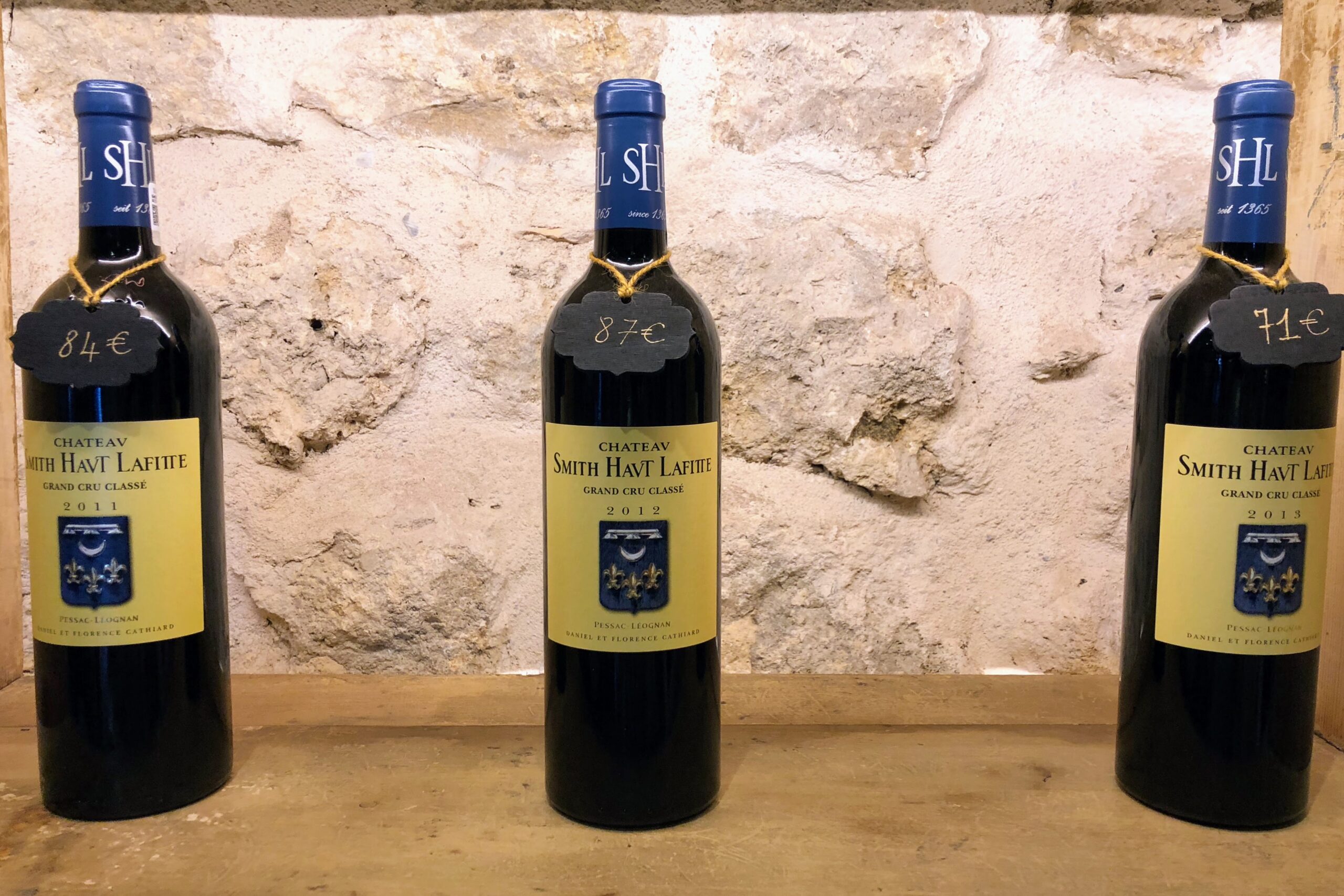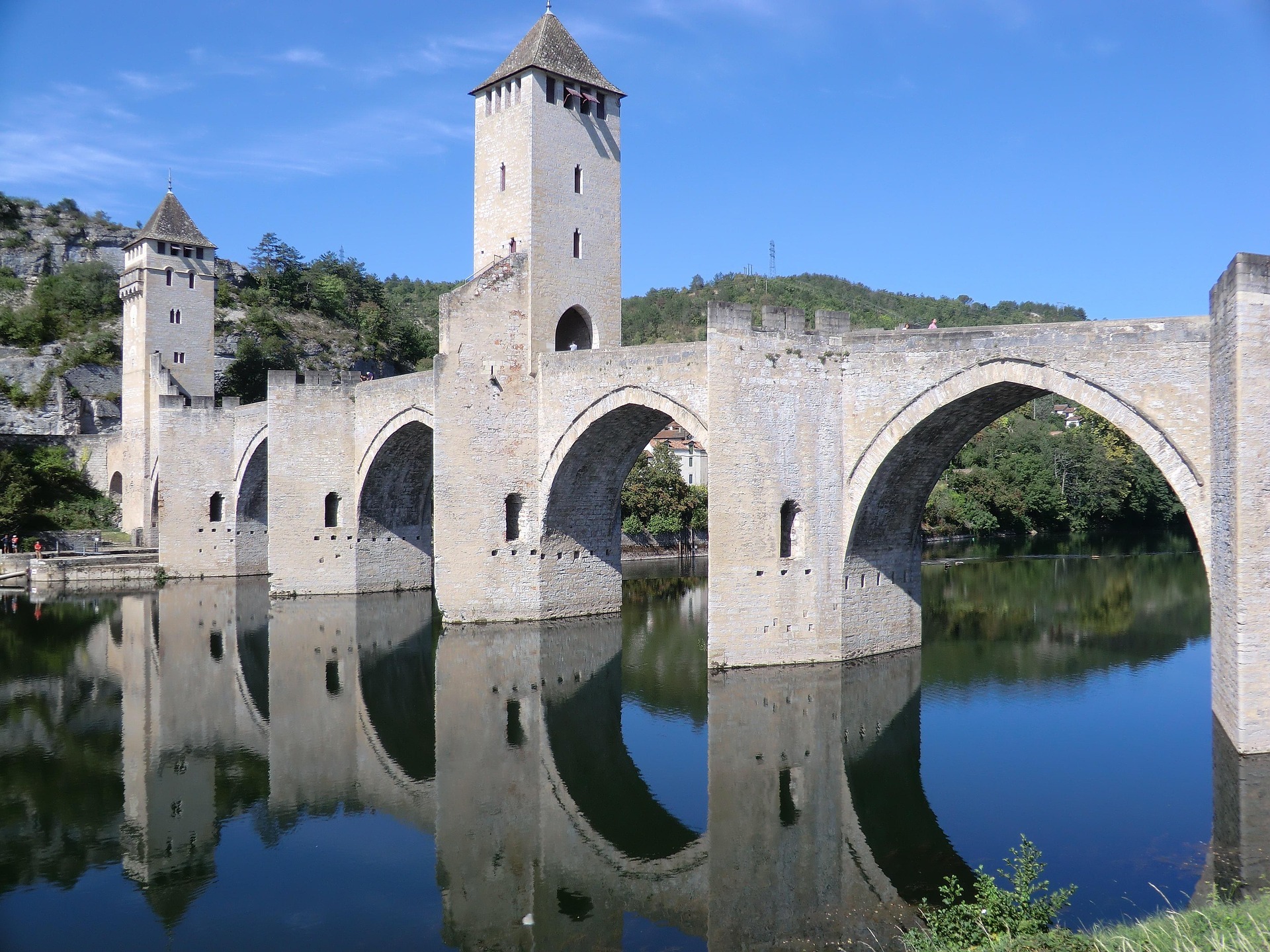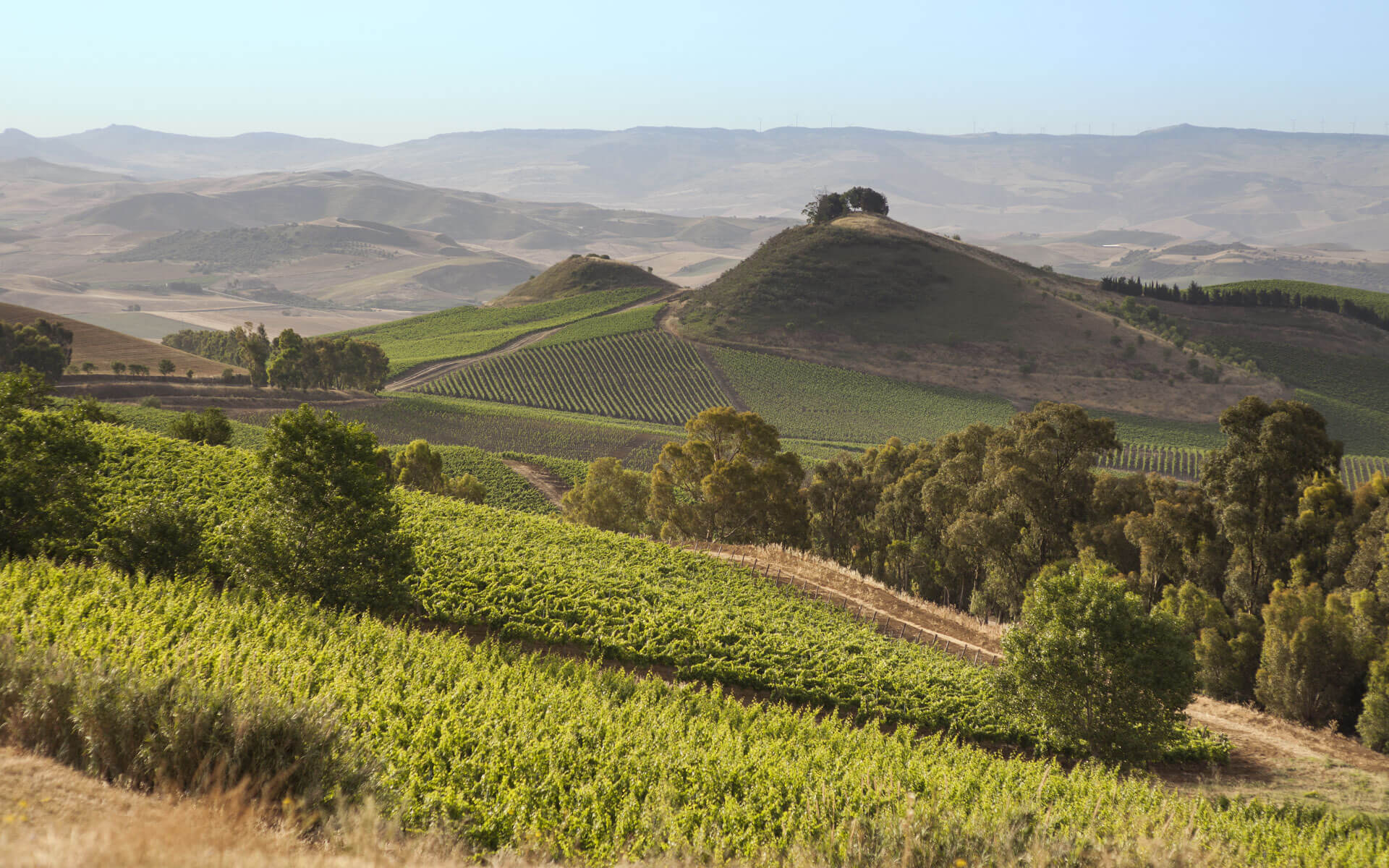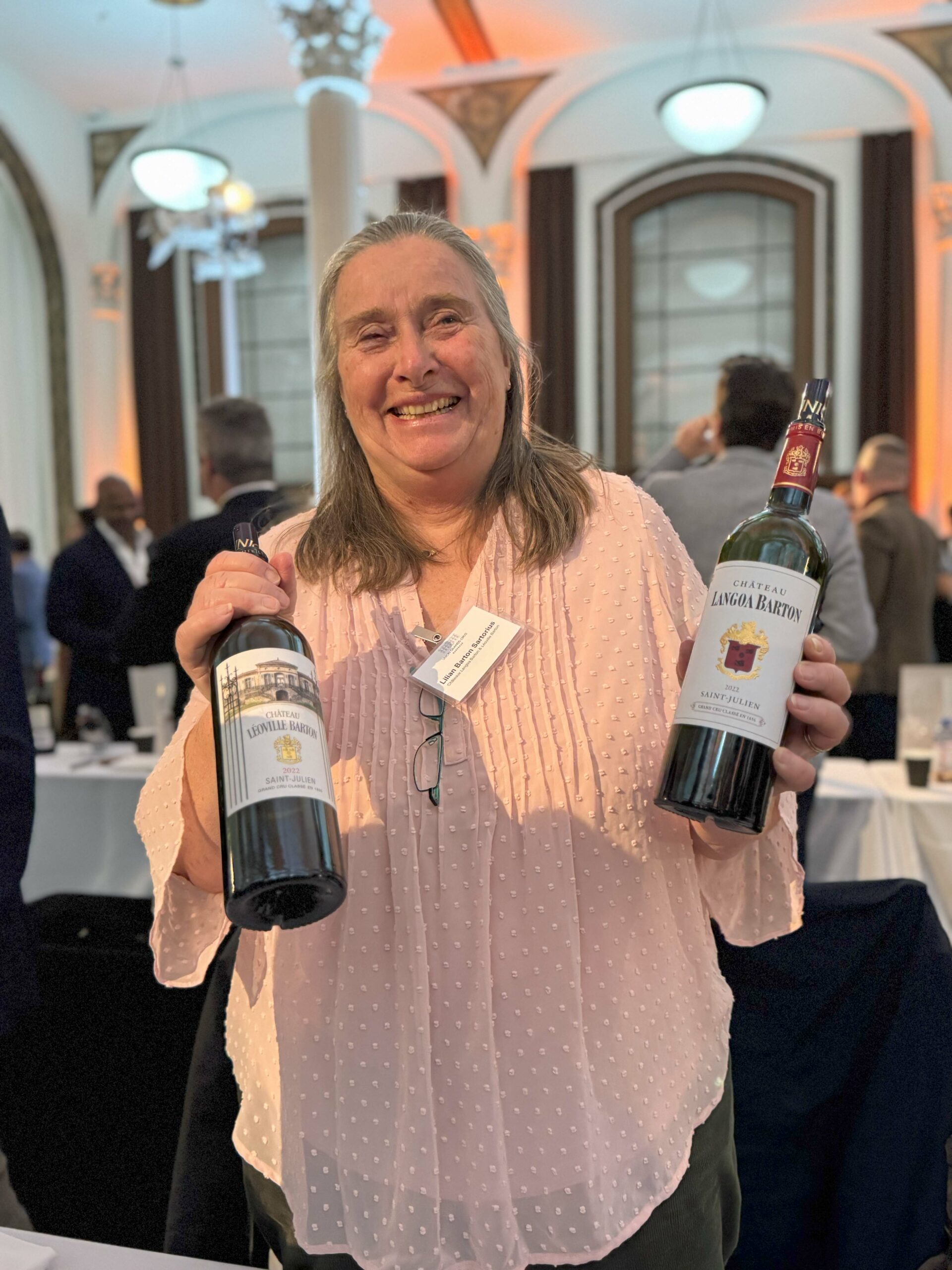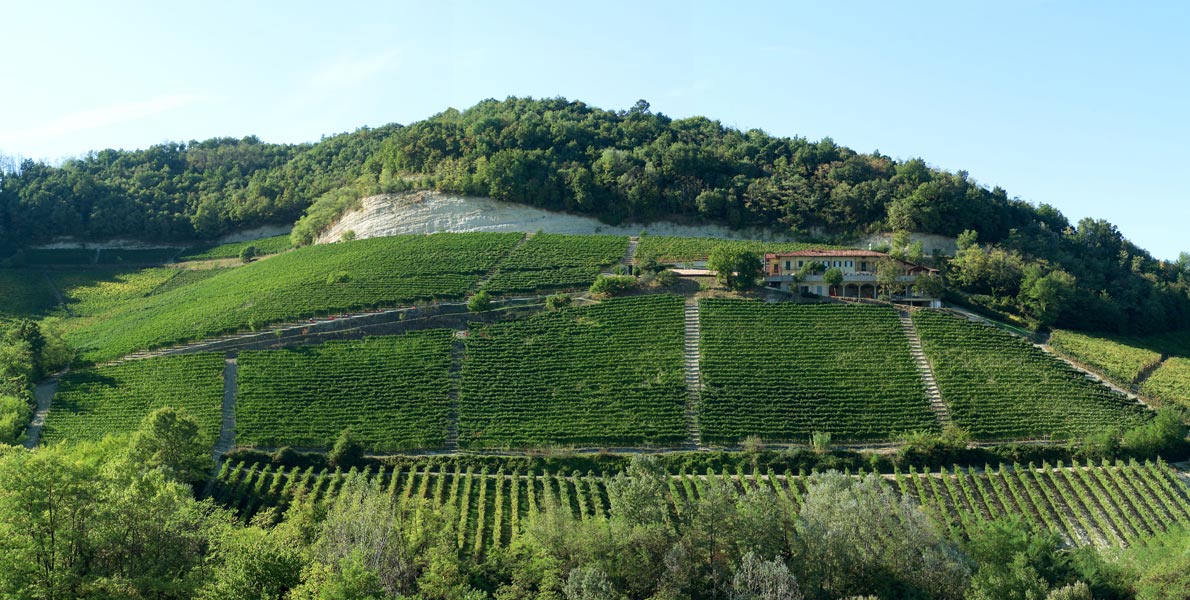Think of vertical wine tasting as a time capsule experience, providing an in-depth exploration of a particular wine’s journey through different years, all from one single producer or estate. The optical metaphor of ‘vertical’ indeed suggests a dive down the years, offering wine lovers a captivating perspective on the evolutionary path a specific wine takes and illustrating the nuanced influences of varying vintage conditions, winemaking techniques, and, in the case of blends, the proportion of grape varietals involved.
In stark contrast, ‘horizontal’ wine tasting brings together wines from the same vintage, region, or style, yet different producers. This format highlights variations in winemaker style and terroir, rather than the yearly evolution of a specific producer’s wine.
Renowned wineries across the globe commonly host fascinating vertical tastings, sometimes featuring vintages that span across several decades. For instance, Bordeaux châteaux are known for their affinity to such events, giving enthusiasts a unique chance to observe the progression of a label’s wines, where the sole variable is the particular year or vintage.
Take, for instance, the insightful vertical tastings attended and recorded by Jane Anson, Decanter’s Bordeaux correspondent and contributing editor. Quite recently, she documented her experience with Château Cantenac Brown vintages, ranging from 2009 to 2018.
Anson mentions that every vertical tasting brings along an intriguing backstage narrative filled with unforeseen challenges like hail storms, frost, shifts of ownership, or broader economic scenarios impacting sales. In different corners of the world, this may translate into other trials like earthquakes or wildfires.
The allure of vertical tasting also lies in the potential for discerning ‘vintage variation,’ or the distinctive characteristics different years bestow on a wine.
Curious about organizing a vertical tasting of your own? It’s an uncomplicated and rewarding process. Here’s how:
- Decide on a wine producer and wine you have a fondness for, preferably the estate’s flagship wine.
- Procure three to four consecutive vintages of that wine.
- Arrange these vintages in sequential order for tasting – from old to young, or vice versa.
- Source some detailed information about the wines, often available on the producer’s website. This could cover aspects like the climatic conditions of the growing season, the blend compositions, and winery methods employed, such as oak usage and maturation duration.
In addition to discerning the variations in the wines themselves, comparing the technical specifics provides a riveting insight into the winemaking journey across years.
Did you like this content? If you did, let us know and share it with your friends.
This page contains affiliate links. We receive a small compensation when you purchase through affiliate links. While clicking these links won’t cost you a cent, it will help us keep the lights on and buy more wine. To find out more, click here.

